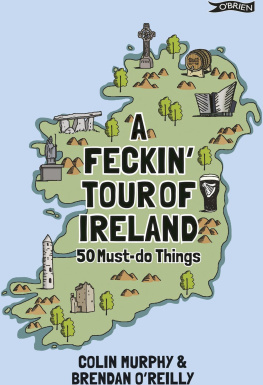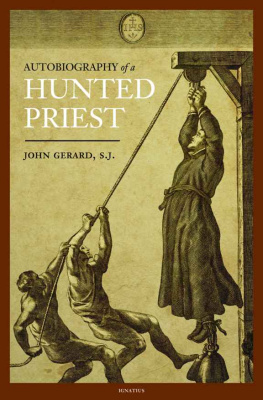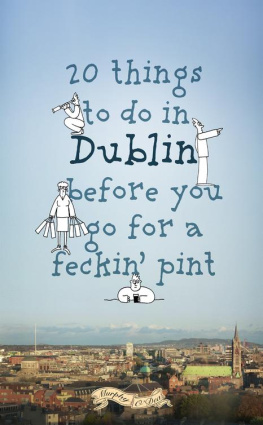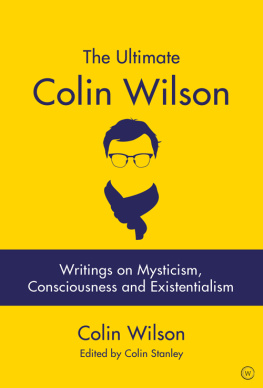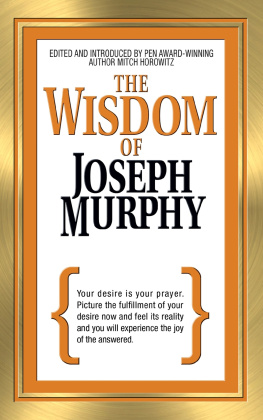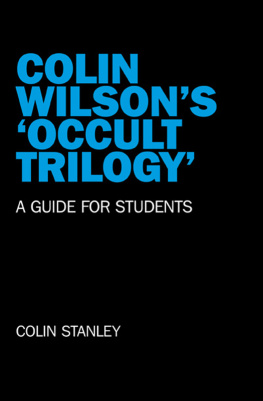The authors command of language is impressive and his storytelling masterful.
Frank McGuinness
Praise for Boycott
A hugely ambitious debut novel, Murphy astutely backs up his narrative with minute research and well-drawn characters. Some of the famine scenes he conjures are unforgettably harrowing, and he has produced an engaging labour of love novel that deserves a wide readership.
Dermot Bolger, Irish Independent
Boycott has all the marks of a mature novelist and one with many more novels to come. There is a great sense of urgency that motivates the book, which is perfectly paced and beautifully written. Its achievement is impressive.
Frank McGuinness
A stirring and deeply researched story, it is a rattling yarn, with action racing along, brilliant twists, flawed heroes and evil villains. Boycott is a powerful story, and I look forward to the next novel from this muscular writer.
Books Ireland
Beautifully written. A skilful blend of fact and fiction.
Sue Leonard, Irish Examiner
Praise for The Most Famous Irish People Youve Never Heard Of
A reminder of all that is good and great about our fine little island.
Clare People
A fascinating read.
Sunday World
I would like to thank the staff at The OBrien Press for their help in producing this book, particularly the publisher, Michael OBrien; my editor, Helen Carr; designer, Emma Byrne, for the book layout and design and Tanya Ross for the front cover design.
I n the aftermath the Cromwellian Invasion of Ireland (1649-53) and half a century later, the Battle of the Boyne, Catholicism became increasingly linked to politics and political alliances and Catholics Irish Catholics in particular came to be viewed by the English monarchy in much the same way as they would view any other foreign enemy power. To counter this threat they introduced a series of repressive Penal Laws designed to essentially Protestantise Ireland. The huge undertaking this presented put the authorities in Ireland under intense pressure to rid the country of Catholic clergymen they simply didnt have the resources to control the overwhelmingly Catholic population. To assist them in their task, a new statute was issued in 1709 granting rewards of twenty pounds for any person apprehending a priest, or fifty pounds for the capture of a bishop extremely large sums of money at the time. Within months a new breed of men had emerged from the shadows.
The age of the priest hunter had dawned.
Note: The use of the term [sic], denoting that spelling and grammatical errors are not in transcription but are reproduced from the original material, has been avoided due to the overwhelming number of errors in the original eighteenth century documentation and because certain words have evolved with different spelling in the intervening centuries, e.g. severall. Other words such as sheweth meaning shows that or tells us that have disappeared from modern usage. A full listing of the sources from which all of this material was derived is presented at the back of the book
Eager for blood money, with some Orange magistrate or landlord whose creed was hatred of papists as their master, accompanied by bands of soldiers, the priest-hounds hunted Gods ministers night and day. A race of men whose love of money and hatred of Christianity peculiarly fitted them for the work, were employed to chase priests out of their hiding places, and drag them from their lurking holes. These agents of persecution assumed the garb of priests and went through the ceremonies of the Catholic religion. They thus wormed themselves into the confidence of the unwary, from whom they learned the names and haunts of concealed priests. Thus the clergy were tracked to their most secret retreats, and dragged sometimes from the very altar, robed in their sacred vestments, before tribunals, which sentenced them to perpetual banishment. Thomas de Burgo, Hibernia Dominicana, 1762
T he dead almost outnumbered the living.
Those who lived did not breathe free air, but survived on the margins of existence, disenfranchised, poverty-stricken and robbed even of the right to seek solace from the God of their choosing. This was the situation in which the vast majority of Irish men and women found themselves in the immediate aftermath of the Cromwellian conquest of Ireland, when much of the land was seized and granted as rewards to the invading generals and their troops, who were awarded large allotments in lieu of wages. Protestant settlers who had been in Ireland before the war also took advantage of the it to increase their holdings. As a result of these events, the ownership of land by Irish Catholics plummeted from sixty per cent to less than ten per cent in just over a decade, and what they did own was mostly the infertile, mountainous land of Connaught. It is this time that provides the cradle of the later society that would condone and encourage the generous rewarding of men who hunted down clergy like animals. It is here that the genesis of the age of the priest hunters can be found.
During the Irish rebellion of 1641 the Catholic rebels massacred about four thousand Protestant settlers in Ulster, with double that number perishing through exposure after being evicted from their homes and lands. But truth, it is often said, is the first casualty of war and by the time word of the massacre reached London popular pamphlets had exaggerated the figure to two hundred thousand. Revenge for this atrocity provided a principal motivation for Cromwells invasion eight years later and his infamous massacres of the inhabitants of Wexford and Drogheda, women and children included. Cromwell left Ireland after just nine months, passing the baton of conquest to his generals and his son, Henry, and the four years of subsequent warfare were said to have claimed over six hundred thousand lives through battle and the disease that tended to accompany conflict in those times. It is likely that this number is also an exaggeration, but nonetheless, Irelands population was reduced by anything from a quarter to three-quarters in just a few short years. One could travel for days on end without encountering a soul and those you might meet would most likely be reduced to starvation or possibly even cannibalism. As historian John P. Prendergast, writing in 1870 described it:









